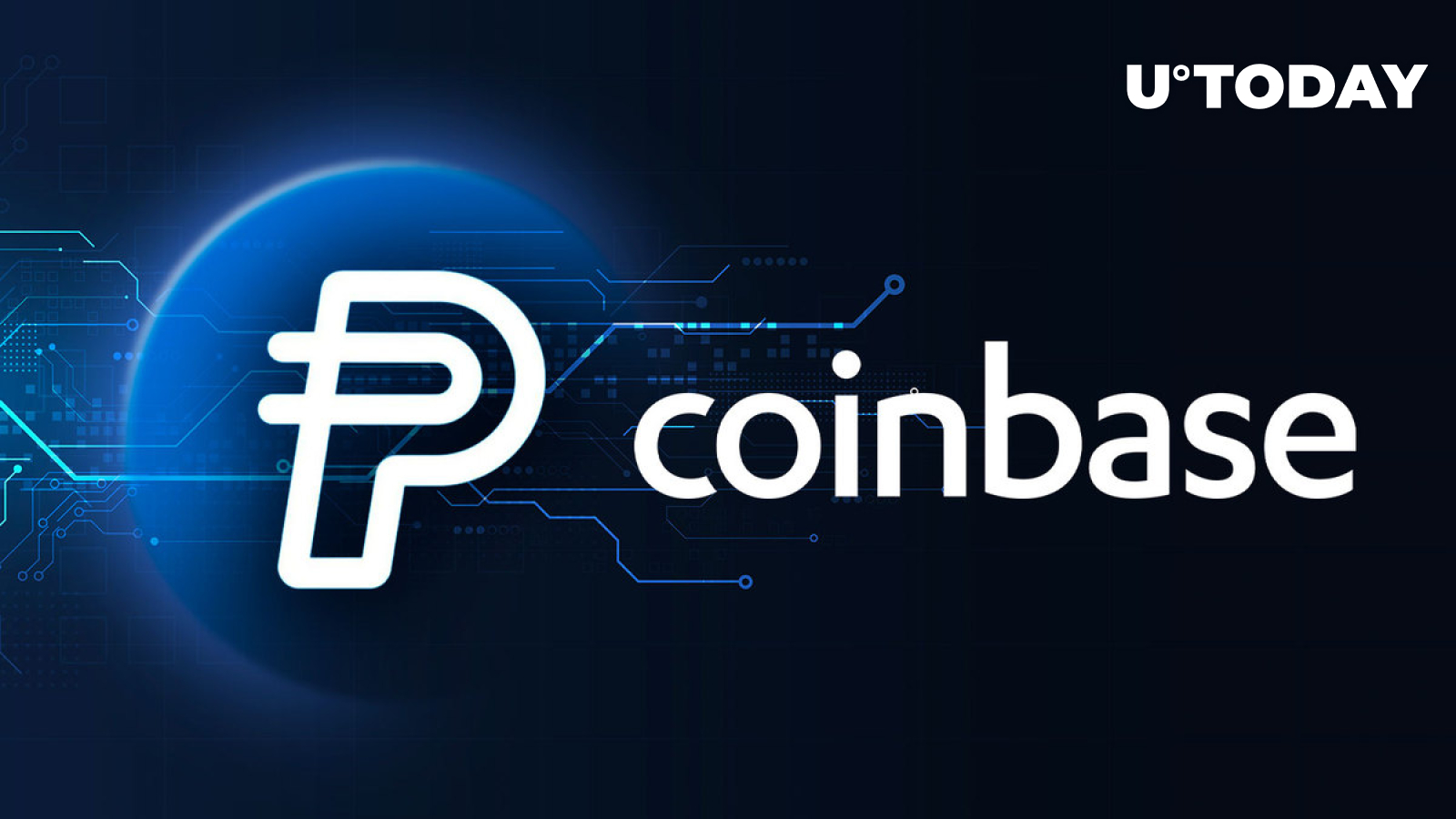Main topic: PayPal launches its own stablecoin, PayPal USD, pegged to the US dollar.
Key points:
1. PayPal USD is backed by US dollar deposits, short-term US Treasuries, and similar cash equivalents.
2. The stablecoin is issued on the Ethereum blockchain by the Paxos Trust Company, regulated by the New York State Department of Financial Services.
3. Users can buy, sell, send, and use PayPal USD for payments, as well as transfer it to external wallets or convert other cryptocurrencies.
Cryptocurrency exchange Coinbase is acquiring a minority stake in Circle Internet Financial, dissolving their partnership and bringing the stablecoin USD Coin fully in-house, while also adding native support for USDC on six additional blockchains, bringing the total to 15.
PayPal has launched its own stablecoin called PayPal USD (PYUSD) in the United States, aiming to eliminate price volatility in digital currencies and facilitate confident payments, despite unclear regulatory guidelines for digital assets in the country. PayPal's large user base and market share in online payment processing could significantly impact stablecoin adoption. However, there are potential advantages and disadvantages associated with PYUSD, including its potential to onboard mainstream users to the digital economy and the lack of regulatory clarity in the US.
Coinbase is in talks with major Canadian banks to gain support for the crypto industry in Canada as it faces regulatory uncertainty in its home country, aiming to have the banks participate in the crypto economy in the near future.
Summary: Coinbase and Circle have dissolved the Centre Consortium due to regulatory clarity issues surrounding stablecoins, with Coinbase taking an equity stake in Circle and Circle assuming enhanced responsibilities for the USD Coin (USDC) stablecoin; Binance.US partners with MoonPay to use Tether (USDT) as its new "base asset" for transactions, while Binance faces challenges with fiat withdrawals in Europe; Shopify now accepts USDC payments on its platform, and Solana Pay plans to add additional altcoins; China launches a blockchain-powered data exchange with over 300 participating enterprises.
Coinbase CEO Brian Armstrong revealed in an interview that the exchange is interested in developing the next generation of stablecoins, including the concept of flatcoin, which would be backed by the Consumer Price Index (CPI) or purchasing power rather than a fiat currency.
Paxos has released a transparency report confirming that its Ethereum-based stablecoin, PayPal USD (PYUSD), is fully backed by assets, with total tokens outstanding amounting to $44.4 million held in custody, primarily in U.S. Treasury reverse repurchase agreements.
PayPal expands its crypto services with new on-ramps and off-ramps for cryptocurrencies in the United States, Franklin Templeton files for a spot Bitcoin ETF, Coinbase integrates the Bitcoin Lightning Network, and Meta is developing a new AI model to rival OpenAI's system.
PayPal's stablecoin ambitions are driven by potential savings on multicurrency transactions, but Tether co-founder William Quigley believes it is unlikely to bring much innovation and may primarily serve as a cost-saving measure for PayPal. Quigley explains that stablecoins allow PayPal to bypass financial intermediaries, conduct transactions on its private blockchain, and eliminate fees associated with currency conversions. He also highlights the potential profits that stablecoin operators can earn from interest-rate increases.
PayPal's stablecoin, PYUSD, has struggled to gain traction in the market, with a market capitalization of only $43.4 million compared to stablecoin leaders USD Coin and Tether, which have market capitalizations of $83 billion and $26 billion respectively, and trading volumes for PYUSD remain low.
PayPal's stablecoin, PayPal USD (PYUSD), is now available for purchase on Venmo, allowing users to buy the cryptocurrency and marking the first instance of wallet interoperability with no costs between PayPal and Venmo.
